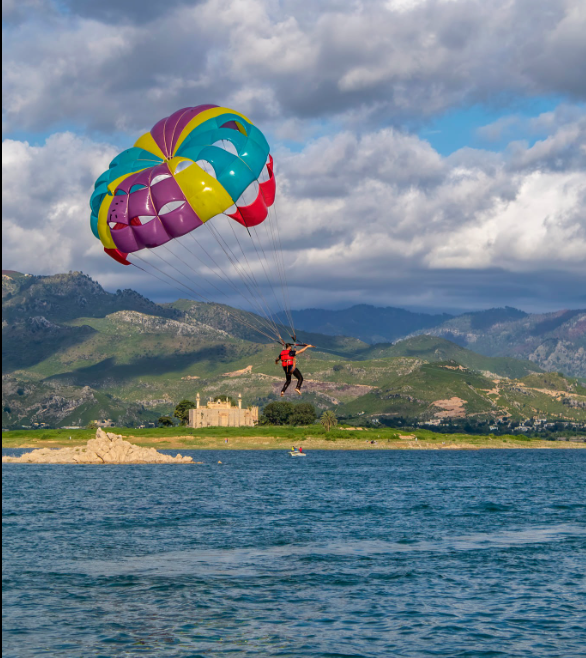- Home
- Tour Packages
- Honeymoon Tours
- Nathia Gali Tour Packages
- Hunza Honeymoon Packages
- Skardu Honeymoon Packages
- Pakistan Honeymoon Packages
- Honeymoon Packages from Karachi
- Malam Jabba Tour Packages
- Gilgit Tour Packages
- Murree Tour Packages
- Family Tour Packages
- Shogran Valley Tour Packages
- Tour Packages from Lahore
- Tour Packages from Islamabad
- Destinations
- Make My Trip

